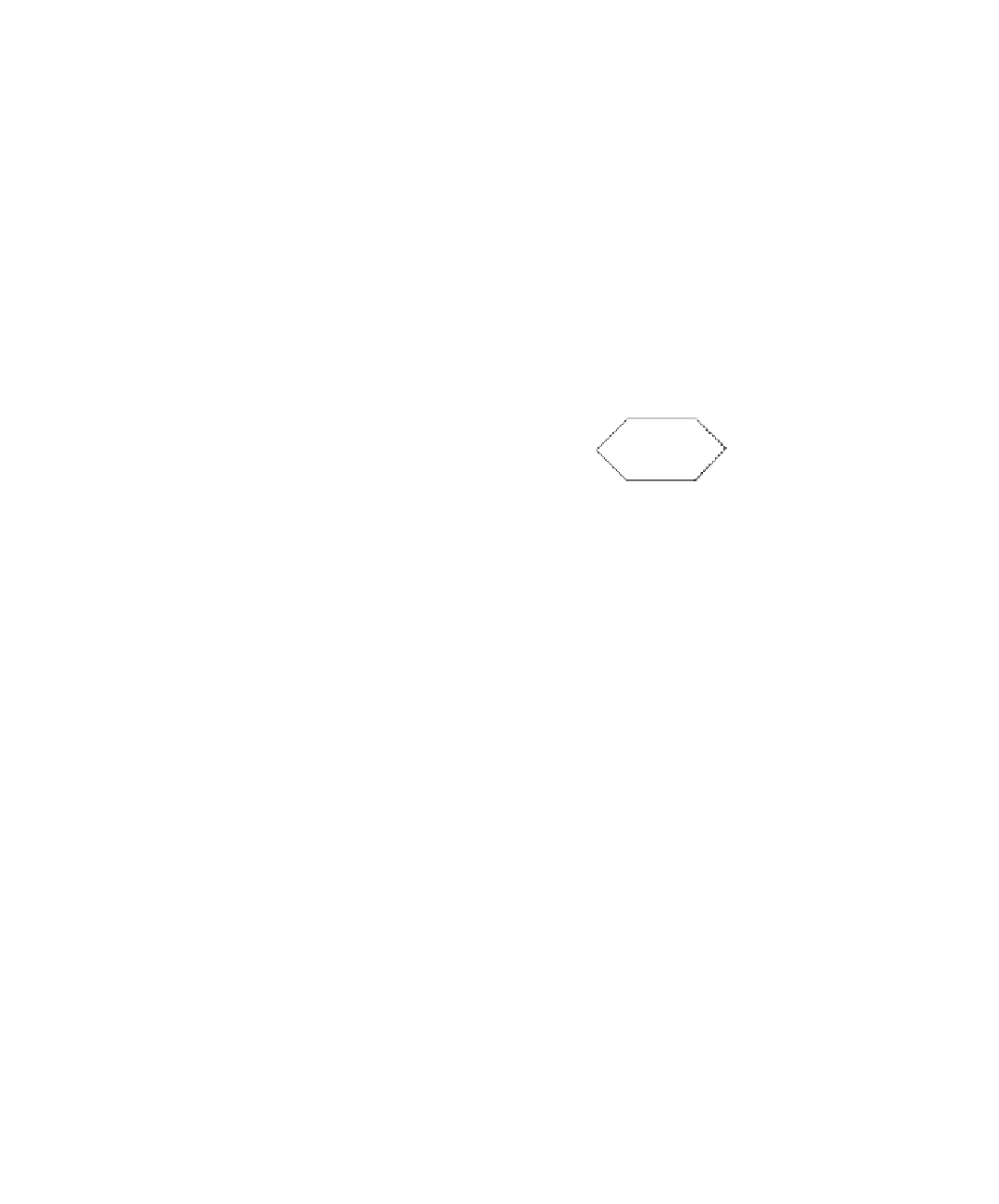Graphics Reference
In-Depth Information
Y
Z
v
1
v
4
v
1
v
4
(a)
(b)
v
6
v
7
v
8
v
6
v
8
v
7
(L
¢
,m
¢
)
(L,m)
v
2
v
3
v
0
v
5
v
0
v
5
v
1
v
4
v
1
v
2
v
3
v
4
v
2
¢
v
3
¢
v
9
v
10
v
11
v
9
v
10
v
11
(c)
(d)
v
6
v
7
v
8
(L
¢¢
,m
¢¢
)
v
2
v
3
v
2
v
3
v
5
v
0
v
1
v
4
v
1
v
4
v
2
v
3
v
2
v
3
v
9
v
10
v
11
(e)
(f)
Figure 6.15.
Using labeled complexes to define cutting and pasting.
few vertices. The labeled complex in Figure 6.14(b) represents a point and not a two-
dimensional space.
Note:
The notation that we have just introduced will be used in other parts of this
topic. Furthermore, statements such as “the simplicial complex K in Figure A ...,”
where Figure A consists of a labeled complex (L,m), will always mean “the” complex
K = K
(L,m)
(K is well defined up to isomorphism).
Finally, we come to “cutting” and “pasting” and how these operations might be
defined. We shall not give a precise definition in general, but now that we know about
labeled figures and their geometric realizations, we can at least describe how such a
definition might look. Consider Figure 6.15. Intuitively, we can think of the space
Z
in Figure 6.15(b) as the space
Y
in Figure 6.15(a) “cut” along the edge
v
1
v
4
. Conversely,
Y
is obtained from
Z
by “pasting together” the two arcs from
v
1
to
v
4
in
Z
. Clearly,
from the point of view of point set topology, the space
Y
is nothing but the quotient
space of the space
Z
with respect to the equivalence relation on the points of
Z,
which
says that points on the two arcs from
v
1
to
v
4
are related if they are to be glued together.
However, by using labeled complexes and their geometric realizations, we can
describe the relationship without the formalism of quotient spaces in point set
topology.




